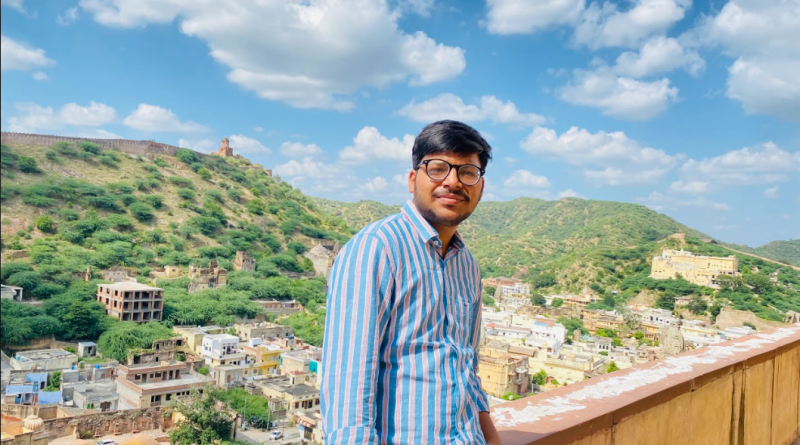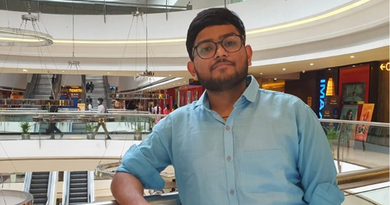How a volunteering internship showed me a different side of the pandemic in the remote areas of North-East India

About the author: Khushi Rai, a first-year psychology student from the University of Delhi, recounts her volunteering experience as a teacher for the India Foundation for Educational Transformation.
Due to the lockdown, the college classes were delayed, and I was growing restless from staying home all the time. On my friend’s advice, I decided to volunteer at an NGO and applied for few internships on Internshala. Three days later, I got a response from India Foundation for Educational Transformation and started my internship soon after that.
The internship began with a 3-day induction training where they taught us how to deal with students, how to teach in online mode, and how to progress with the syllabus. After this, they asked us for our subject and class preferences and created a timetable. I chose to teach English to 6th and 7th-grade students from a government school in the Changlang district of Arunachal Pradesh.
Although I was supposed to take back-to-back classes from 8 AM to 10 AM, I could only take a single class sometimes because the students did not have mobile phones or were not very well-versed with using it. So, the class strength could be as low as one student on some days. Once, we got in touch with the coordinators in the district to enquire about the low attendance, and they informed us that there had been a power cut that had lasted for three days.
Besides logistics issues, the major challenge that I dealt with was the massive education inequity. The 7th standard students were unable to pronounce three-letter words correctly. It was partly because the students bear responsibilities at home that an average child doesn’t, such as taking care of household chores and looking after younger siblings. It leaves them with little to no time to invest in their education or even playing, especially the girls. Despite these challenges, the students persevere and go out of their way to learn. They would find areas with strong network coverage to attend classes, such as their friend’s or relative’s place.
At the outset of my internship, I used to ask them about their day-to-day life, such as the kind of games they played or their family life, to build engagement in the classroom. Encouraging them to communicate was also a key aspect of teaching them a language. Although they were reluctant to answer initially and would not even turn on their cameras, I was able to bring them out of their comfort zone to interact more as the classes progressed. Now, they proactively ask me about the classes and even message me to ask me how I am doing! They also feel more at ease with committing mistakes and learning from them, which had not been the case earlier. They are now able to understand comprehension passages, give their introduction fluently, and read better.
During my internship, I was also able to network with other interns from all over the country via a WhatsApp group. Together, we organised many cultural activities, such as the pan India Children’s Day event. We also took over the organisation’s social media handles to increase its outreach. Apart from interactions with interns, I also participated in meetings with the IAS officer and other government officials who helped the organisation in various ways. This helped me understand their work first-hand, which inspired me.
Even though this internship was supposed to be a two-month stint to keep me occupied during the lockdown, I ended up continuing with it even when the college reopened. It has been an enriching experience which taught me how to teach, helped me network, and showed me how patience pays off!
Do you want to find out what it’s like to intern in an NGO? Then, check out these volunteering internships on Internshala and get started!



